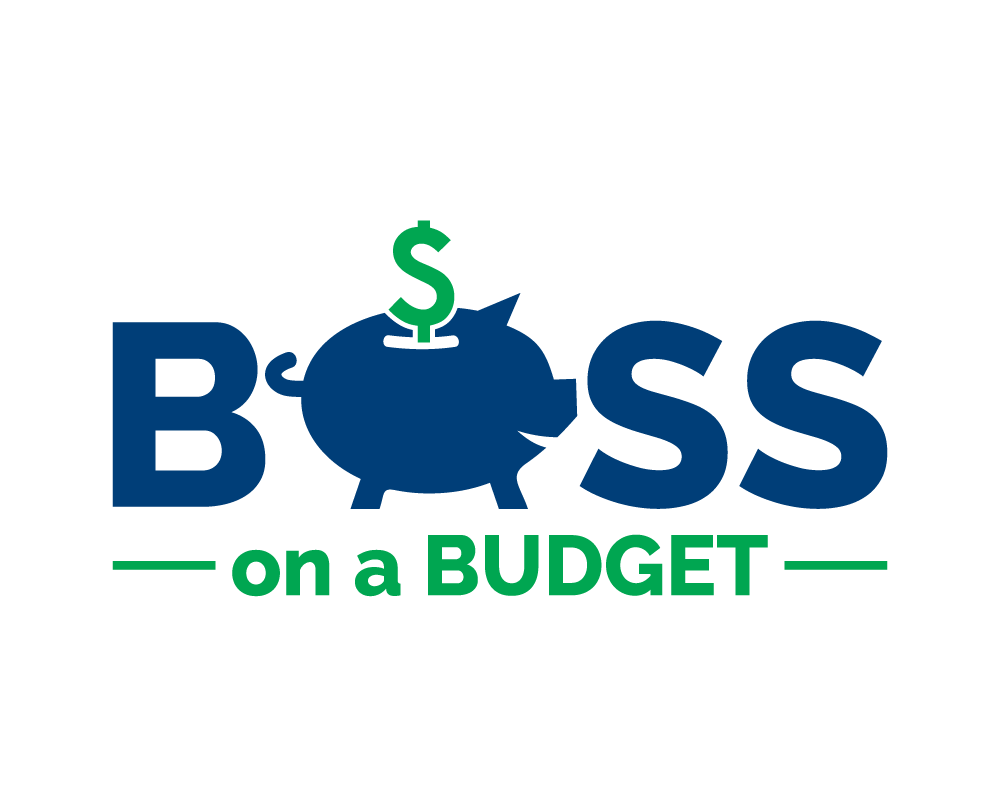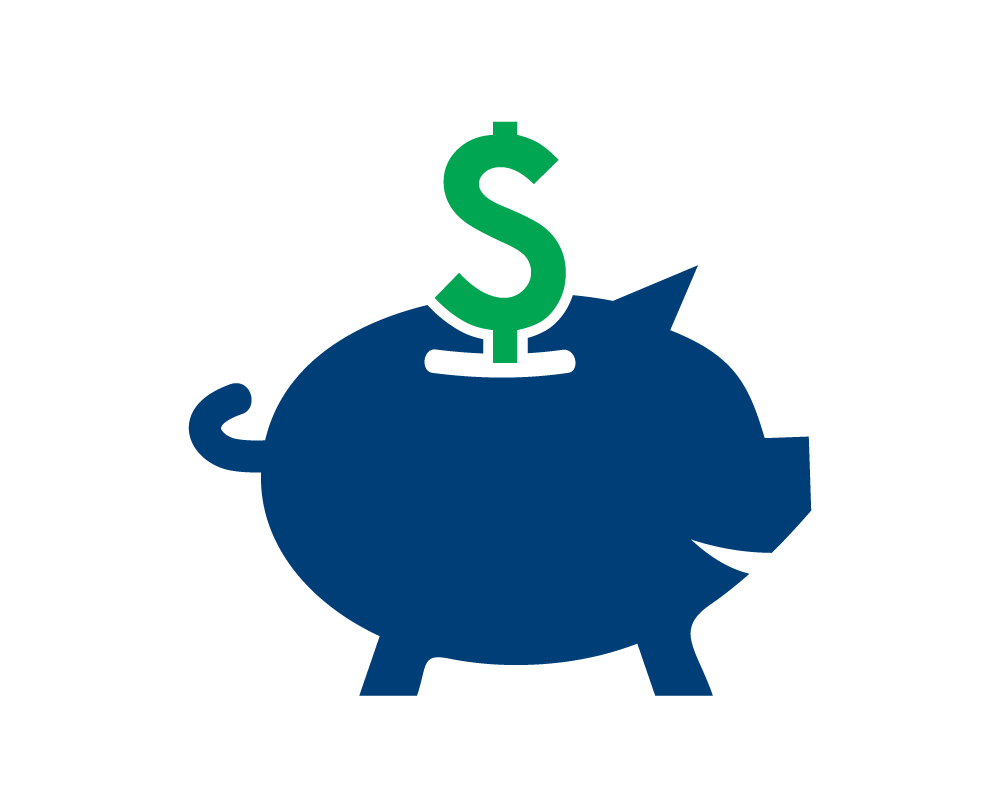4 Effective Strategies for Donor Data Segmentation
Contributor: DeepSync
Around 71% of consumers expect personalization, and businesses that deliver on this expectation see nearly 60% higher retention rates. Nonprofits are no exception! Donors want to feel seen and connected to the causes they support.
However, many organizations rely on mass emails and broad appeals, hoping their messages will stick. While this approach can occasionally work, most donors expect relevance; they want their charitable giving to reflect their passions and values. Segmentation helps you meet those expectations.
Donor segmentation is the process of grouping donors based on shared characteristics, such as giving history, communication preferences, and motivations. When done right, segmentation helps deliver effective messages that fuel relationships and boost donor retention. Let’s explore effective donor segmentation strategies to help you leverage your data, personalize outreach, and increase retention.
1. Align segmentation criteria with your nonprofit’s goals.
Every segmentation strategy should start with a goal. Before diving into supporter data, ask what you’re trying to achieve with your marketing campaign. Your segmentation criteria will only be effective if it aligns with your broader fundraising and engagement objectives. Here are some goals you might aim for:
Upgrade gift amounts from mid-level donors.
Improve donor retention by re-engaging lapsed supporters.
Boost corporate giving revenue by targeting eligible supporters.
Increase event attendance by reaching past participants.
Encourage donations among engaged volunteers.
Clarifying your objectives provides focus for your segmentation efforts. Without this clarity, you risk grouping donors based on available data that doesn’t drive meaningful results.
Selecting segmentation criteria that support your goals
From here, choose data points that will help you reach your objectives. Using the examples above, here’s what the segmentation criteria for each goal might look like:
Upgrade gift amounts: Past giving amounts, frequency, capacity indicators
Improve donor retention: Recency of last gift, engagement level, communication preferences
Boost corporate giving revenue: Employer data, matching gift eligibility, past workplace giving
Increase event attendance: Event participation history, geographic location, interests
Encourage volunteering: Program affinity, volunteer history (if available)
Most segmentation is rooted in first-party data—the information your supporters share with you through direct interactions. Data points like demographics, donation history, and program affinities often come directly from donors, allowing you to group them based on real behaviors and preferences.
You can collect data like this through website interactions, email and SMS marketing, mobile apps, social media, and point of sale (POS) systems. Since this information originates directly from supporters, you can trust it’s reliable for informing your segmentation efforts.
2. Clean and enrich your nonprofit’s donor data.
Effective segmentation starts with strong donor data. Even the most persuasive, well-planned outreach can fall flat if your donor records are outdated, inaccurate, or incomplete. Cleaning and enriching your data ensures your messages reach and resonate with donors.
Clean data is accurate and complete. That means correct names, current addresses, valid phone numbers, and accurate giving histories. Conversely, dirty data is riddled with errors—including outdated contact information, duplicate records, or missing details—which can undermine your segmentation efforts.
Poor data can lead to costly mistakes, like sending multiple mailings to the same donor or missing a supporter’s new contact information. Regularly cleaning data prevents these issues and ensures your outreach is efficient and effective.
How to keep your donor data clean and useful
Standardize data entry practices. Ensure all staff and volunteers follow consistent guidelines when entering data into your constituent relationship management platform (CRM) (e.g., formatting names, addresses, and phone numbers uniformly) to reduce errors and simplify segmentation.
Deduplicate records. Merge or remove duplicate donor entries to prevent confusion and excess costs. Many donor databases offer built-in deduplication tools, or you can work with a data provider to handle the process.
Append missing data. Conduct a data append to update your donor database and fill in gaps. You may work with an external provider to obtain demographics, phone numbers, email addresses, firmographic details (i.e., data on businesses), and geographic data. Deep Sync’s data append guide recommends partnering with a reputable data provider who has data industry knowledge and experience, follows all data privacy regulations, and offers a variety of data services.
Survey donors. Periodically ask supporters to confirm their contact information, communication preferences, and program interests. These regular check-ins keep your data accurate as donors’ preferences and interests evolve.
Verify donor data. Review mailing addresses, emails, and phone numbers periodically—especially before major campaigns. Either do this manually or outsource the work to a third party.
3. Prioritize high-value and at-risk donors with the RFM model.
The Recency, Frequency, Monetary (RFM) model is a foundational segmentation strategy that helps you quickly identify your most valuable donors and those at risk of lapsing. It’s often a foundational segmentation strategy and works even better when paired with more advanced tactics.
Here’s an overview of each factor:
Recency refers to the number of days since a donor made their last donation.
Frequency is the number of times someone has donated.
Monetary Value is the total amount someone has given or their median gift size.
Score each donor from 1 to 5 in each category, with 5 being the most promising in terms of engagement. For example, a high-value donor who recently gave and gives often will rank a 5 in each category. This model allows you to prioritize outreach based on giving patterns. For instance, here’s how it can help with different types of donors:
High-Value Donors: Engage donors with high recency, frequency, and gift sizes through personalized stewardship and upgrade opportunities.
New or Recent Donors: Promptly acknowledge first-time or recent gifts with a thank-you email and welcome series.
At-Risk Donors: Re-engage lapsed donors (i.e., low recency) with targeted “We Miss You” campaigns, impact updates, or relevant opportunities.
While this model can be effective, it only looks at giving history and ignores donor interests, engagement history, and other qualitative data. That’s why it’s best when combined with more complex strategies. For example, fundraisers often combine RFM with additional data, such as engagement metrics (e.g., event attendance, email opens), demographics, and program interests.
4. Pay attention to communication preferences.
Respecting donor communication preferences—whether email, direct mail, phone, or text—helps ensure outreach is both welcomed and effective. When donors feel heard and not overwhelmed, they’re more likely to stay engaged long-term.
It’s not just about the channel; the frequency and content matter, too. In other words, you’ll need to consider how often donors want to hear from you and what content they enjoy. While some donors prefer monthly impact updates, others may only want occasional appeals or event invitations.
To capture their preferences early, ask relevant questions during donation checkouts, event sign-ups, or periodic surveys. Then, segment by cadence and content type. You might create groups like “monthly updates,” “quarterly newsletters only,” or “appeals only” to help deliver the right messages at the right time.
Your donor data tells you everything you need to know about who your supporters are and how to inspire them to give. A lack of personalization can cause major fundraising challenges, but effective segmentation allows you to tailor your outreach based on each donor’s values, interests, and giving capacities. That way, you can move beyond mass appeals and build genuine, long-lasting connections with your donors.


